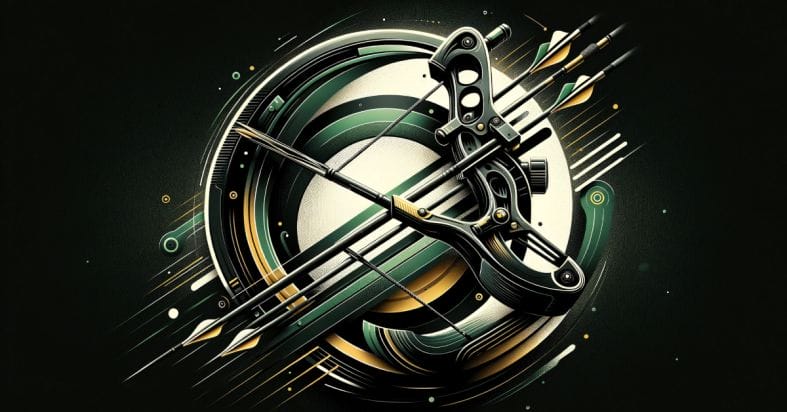Bow string serving is a critical skill to ensure your bow remains in top condition and functions smoothly during archery practice or competition. In this guide, we will cover two important methods to serve a bow string correctly. By following these step-by-step instructions, you will learn how to maintain your bow string effectively, enhancing your performance and overall archery experience. Let’s probe the details of serving a bow string to keep your equipment in top shape.
Preparation for Bow String Servicing
Tools and Materials Needed
For bow string servicing, you will need a few vital tools and materials. Any bow string serving jig, serving thread, scissors, bow string wax, and a lighter are necessary items to have on hand. These tools will help you properly serve your bow string and keep it in optimal condition.
Safety Considerations and Tips
When servicing a bow string, safety should always be a top priority. Any loose clothing or jewelry should be removed before starting the process to avoid any accidents. It is also important to wear safety glasses to protect your eyes from any flying debris. Ensuring that your workspace is well-lit and free of any distractions will help you focus on the task at hand and avoid any potential mishaps.
- Ensure that the bow is unstrung before beginning any servicing.
- Always follow the manufacturer’s guidelines for servicing the bow string to prevent damage to the bow or injury to yourself.
Now that you have gathered the necessary tools and materials, and taken safety precautions, you are ready to start servicing your bow string. With the right mindset and attention to detail, you can ensure that your bow string stays in top condition for optimal performance.
Method One: Traditional Bow String Serving
Step-by-Step Guide
Now, let’s investigate the traditional method of serving a bow string. This technique has been used for generations and is still popular among archers today. Here is a step-by-step guide to help you serve your bow string using the traditional method:
| Step 1 | Prepare your bow string and serving material |
| Step 2 | Secure one end of the serving material to the bow string |
| Step 3 | Start wrapping the serving material tightly around the bow string |
| Step 4 | Continue wrapping until you reach the desired serving length |
| Step 5 | Secure the other end of the serving material and trim any excess |
Factors Affecting the Traditional Method
For those opting for the traditional method of serving a bow string, there are several factors that can affect the final result. These factors include:
- The type and quality of serving material used
- The tightness of the serving wraps
- The length of the serving
Any of these factors can impact the durability and effectiveness of the served bow string. It is vital to pay attention to these details for a successful serving job.
Method Two: Alternative Bow String Serving Techniques
Innovative Approaches
Many archers are exploring alternative techniques for serving a bow string to improve performance and durability. From using different materials to experimenting with unique wrapping styles, there are various innovative approaches that can be employed to achieve desired results.
Comparing Traditional vs. Alternative Methods
There’s a debate among archers about the effectiveness of traditional bow string serving methods versus alternative techniques. While traditional methods have been tried and tested for centuries, alternative approaches offer the promise of improved strength and longevity. It’s crucial to weigh the pros and cons of each method to determine which is best suited for your specific needs.
Comparing Traditional vs. Alternative Methods
| Traditional Methods | Alternative Techniques |
| Time-tested and proven | Offer potential for enhanced performance |
| May have limitations in durability | May require more skill and practice to execute |
| Widely accepted in the archery community | Continuously evolving with new materials and methods |
Maintenance and Aftercare
Tips for Prolonging String Life
Keep your bow string in top condition by following these tips for prolonging its life. Always inspect your string for any signs of wear and tear, such as fraying or broken strands. Regularly wax your string to keep it lubricated and to protect it from the elements. When not in use, store your bow in a cool, dry place to prevent any damage to the string fibers. The proper care and maintenance of your bow string will ensure its durability and longevity.
Troubleshooting Common Issues
An important aspect of aftercare is troubleshooting common issues that may arise with your bow string. Prolonging the life of your bow string involves addressing problems such as string creep, peep rotation, or serving separation. By identifying these issues early on, you can prevent further damage to your bow string and ensure consistent performance. Troubleshooting common issues requires patience and attention to detail, but with practice, you will become adept at maintaining your bow string in optimal condition.
To wrap up
Learning two ways of how to serve a bow string is crucial for archers who want to maintain the quality and performance of their equipment. By practicing the end-serving and center-serving techniques, archers can ensure their bow strings are properly protected and have increased longevity. By following the step-by-step instructions provided and practicing regularly, archers can improve their skills and become more knowledgeable about caring for their bow strings. Recall, a well-served bow string leads to better accuracy and consistent shooting, so it is worth investing time and effort into mastering these techniques.


